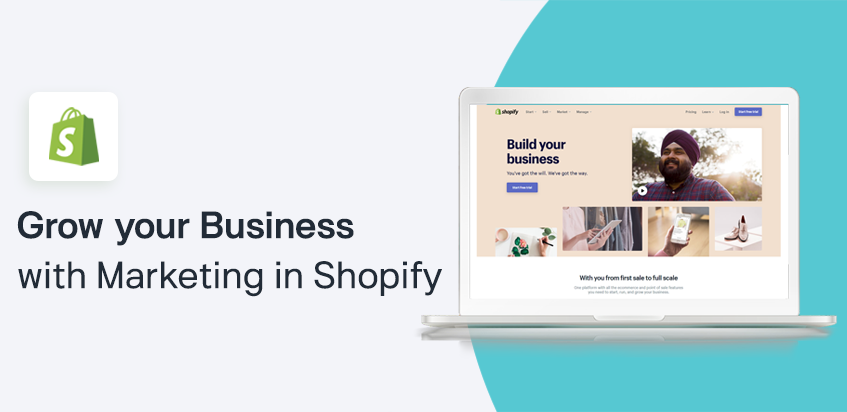
In the ever-evolving landscape of e-commerce, Shopify stands out as a beacon for small businesses aiming to establish a robust online presence. The Shopify Guide 2024 is your comprehensive handbook, delving into everything you need to know about this user-friendly platform that seamlessly blends technology and business acumen.
Unlocking the Potential: What is Shopify?
Shopify is not just an e-commerce platform; it’s a game-changer for small businesses. Seamlessly bringing together the creation of an online store and a multifaceted sales approach, Shopify empowers merchants to sell across various channels – be it social media, online marketplaces, blogs, websites, or even through email, text messages, and chat.
Taking it a step further, Shopify simplifies in-person sales with its built-in point of sale (POS) system, catering to retail stores, pop-up ventures, marketplace sales, and beyond.

The Shopify Symphony: How It Works
At its core, Shopify acts as a central hub, consolidating product information, customer data, and operational tasks into a unified system that effortlessly connects all sales channels. The process begins with a straightforward setup and evolves into comprehensive sales management. Here’s a step-by-step breakdown:
- Embark on a Risk-Free Journey: Start with a 14-day free trial, with no upfront credit card requirements.
- Connect Sales Channels: Tailor your sales channels during the account creation process, adapting and expanding as your business grows.
- Product Entry and Sourcing: Populate your online store with product information, either crafted by you or sourced from the extensive Shopify Handshake wholesale network.
- Streamlined Payments: Activate Shopify Payments or integrate your chosen payment processor effortlessly.
- Effortless Shipping and Tax Setup: Navigate the Settings tab to establish shipping methods, costs, and tax information.
- Craft Your Online Presence: For those aiming to showcase their brand through a dedicated website, create a Shopify online store using intuitive themes.
- Masterful Order Processing: Manage orders, shipments, and tracking seamlessly from the Shopify dashboard, all while keeping customers informed.
Once the basics are in place, delve into Shopify’s array of promotional features, from email marketing to abandoned cart remarketing and blogging.
Decoding the Price Tag: Shopify’s Pricing Strategy
Understanding Shopify’s pricing structure is pivotal for businesses of all sizes. The subscription plans, ranging from Basic to Advanced, cater to diverse needs. The Lite plan, priced at $9 per month, offers a streamlined solution for in-person POS sales and online transactions outside the Shopify platform.
For enterprise-level requirements, Shopify Plus steps in, offering features tailored to high-volume sellers, with pricing and features negotiated based on business needs.
Financial Facets: Payment Processing and Transaction Fees
The ability to choose between external payment processors and Shopify Payments adds flexibility to your financial strategy. While external processors incur transaction fees, Shopify Payments presents a flat-rate structure based on your subscription plan.
Shipping costs, another aspect to consider, benefit from competitive discounted rates on carriers such as USPS, UPS, and DHL. These costs are incurred per order and can be seamlessly managed through the Shopify dashboard.
Beyond the Basics: Additional Plans and Premium Themes
Shopify’s POS features elevate in-person sales, syncing seamlessly with online operations. The free POS Lite is embedded in all plans, while the advanced POS Pro, at $89 per month per location, provides a comprehensive retail checkout experience.
Enhance your store’s aesthetic appeal with premium themes, available on the Shopify theme store and Theme Forest, catering to various preferences and starting at $17.
In essence, the Shopify Guide 2024 is your compass in navigating the dynamic world of e-commerce, empowering businesses to not just survive but thrive in the digital era. Dive in, explore, and harness the full potential of Shopify for your entrepreneurial journey.












